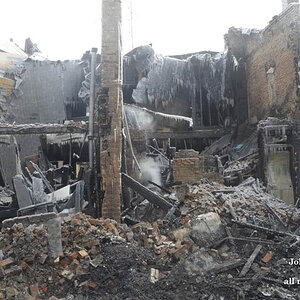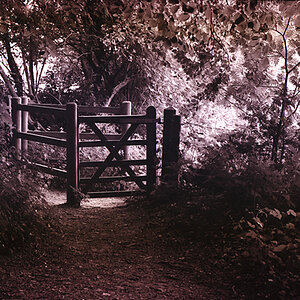jonnybaz
TPF Noob!
- Joined
- Jun 1, 2021
- Messages
- 35
- Reaction score
- 16
- Can others edit my Photos
- Photos NOT OK to edit
An APS-C sensor has a size of 25mm x 17mm approximately. A flagship smartphone such as the Samsung Galaxy S22 Ultra has dimensions of 78mm x 163mm approximately. Please design such a rectangle on paper. Why is it so difficult to integrate such a sensor on a flagship smartphone? My rugged smartphone weights 350 grams and it is usable, although heavy. Much heavier than a S22 Ultra. The surface of a lens that would cover all the sensor wouldn't be much bigger neither. Is it so impossible for companies to construct a bulkier version of a smartphone for photographers? What's your opinion?


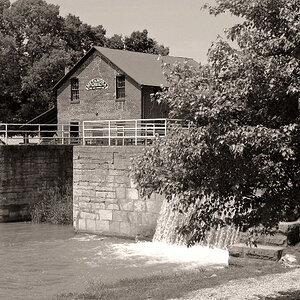

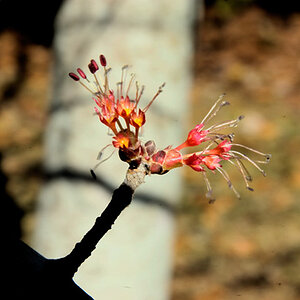
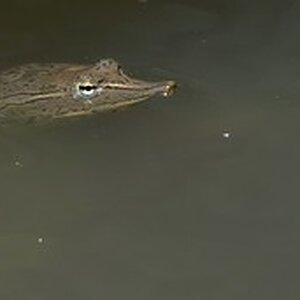
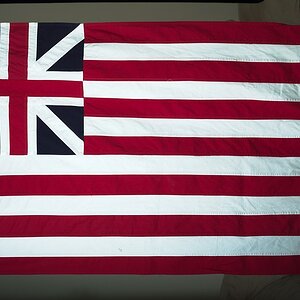

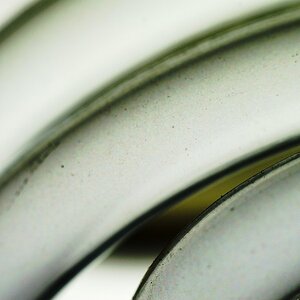

![[No title]](/data/xfmg/thumbnail/31/31748-63241c520f250328a5ec32959b8f53d0.jpg?1619734989)
